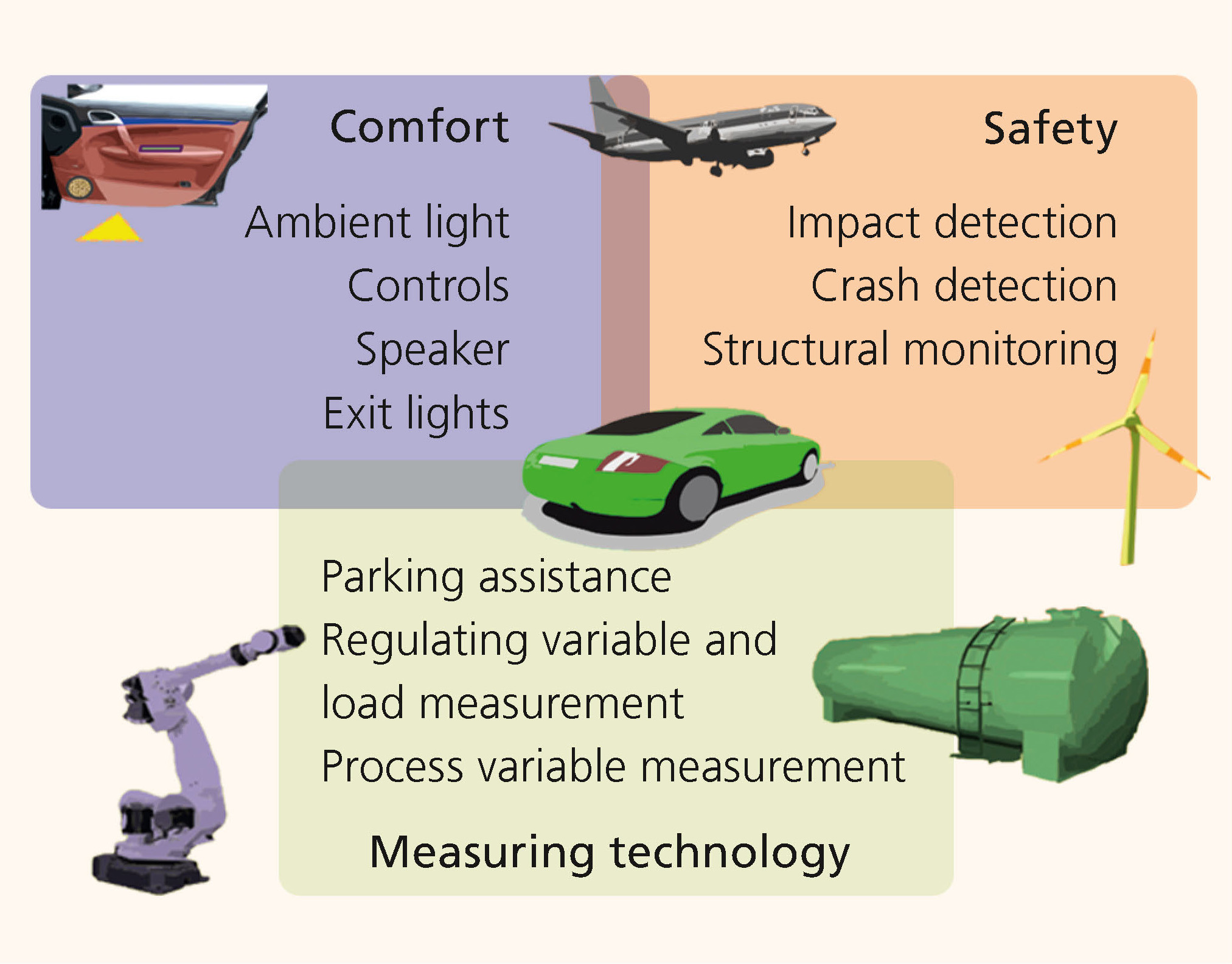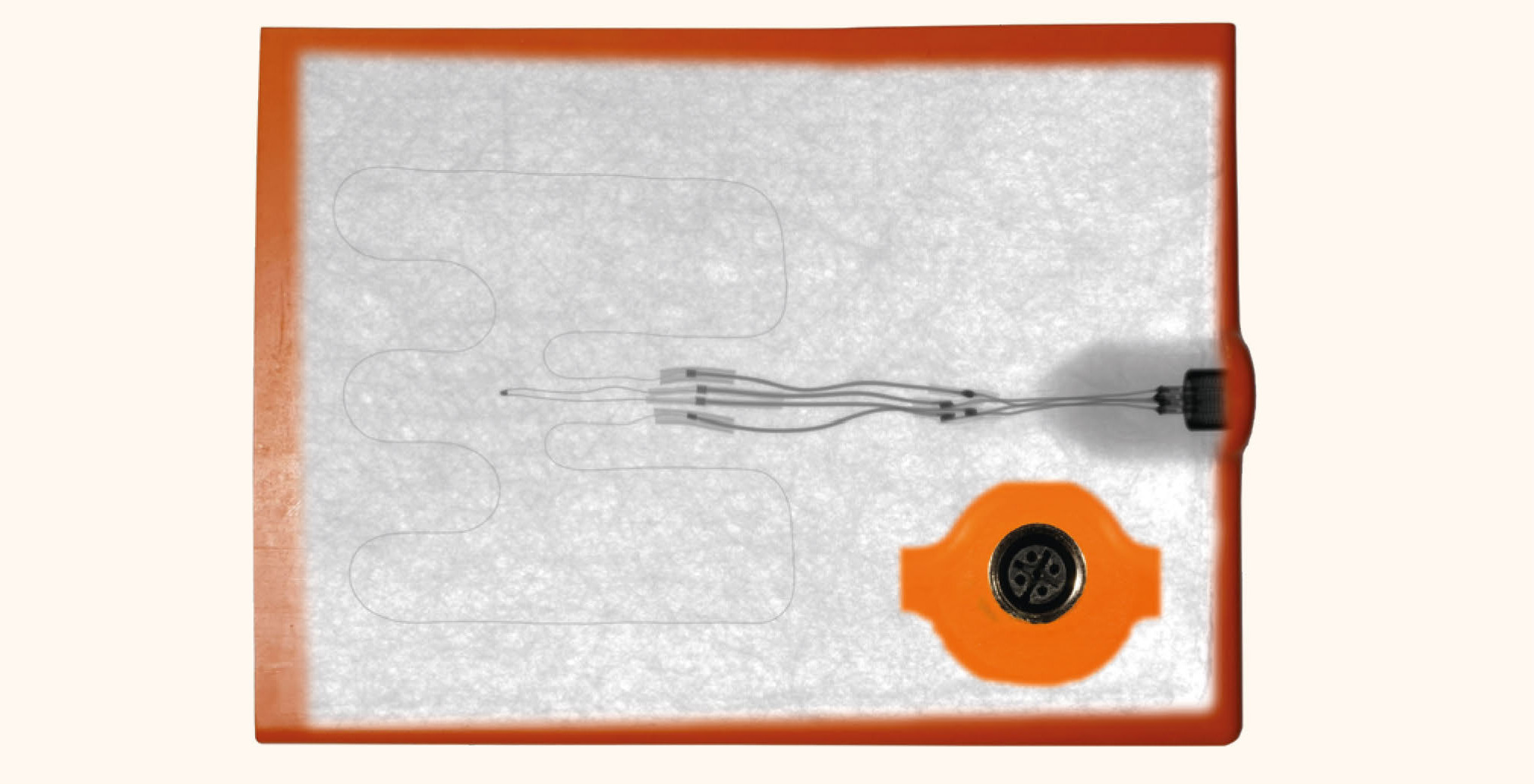
ProPlug – integrated interfaces for functionalized lightweight structures
Current research



Lightweight structures increasingly include additional functions such as light sources, sensors or heating elements. However, practical experience to date has shown that the electrical feeds required for integrating functions do not work reliably in the long term. More specifically, the secured electrical and mechanical connection with the lightweight component and the cable guides within the component function poorly. Acceptable functional lightweight structures beyond the laboratory scale, however, require robust, durable and sustainable connections.
The path to a successful connector system
The solution developed at Fraunhofer IKTS is based on an interdisciplinary research approach. It starts with the assembly and connection technology of the integrated function to the supply lines, continues with the routing of these supply lines in the component with low residual stress and ends with the connection between the functional molded component and the outside world – the connector system, which is particularly critical. The new component-integrated plug-socket-system connects electrical supply lines in a robust and safe manner, in accordance with the socket specification in living quarters. It replaces previous connections, which were mostly realized via loose cables and without practical plug connections.
From a multitude of practical applications for functional integration, a tank for agricultural media was chosen as an example for the “ProPlug” project, funded by the German Federal Ministry of Education and Research (BMBF). The tank is made of carbon fiber and needs to be heated to protect it from frost. This specific application requires the functional integration of surface heating, sensory elements to regulate the heating current and a permanently robust and reliable plug connection for the electrical-mechanical connections with the power source and control system.
ow- and high-current-carrying conductors are required for the heating function. They were designed using simulation evaluations based on the finite element method for estimating the even heating through the structure, the necessary electrical power and structural soundness.
The connections between the heating wire and the connector area are designed in such a way that they can withstand the subsequent process of component production in vacuum resin transfer molding (RTM). The resin is injected into a mold at 2 bar, so the structure needed to be fixated to guarantee the desired position. Special external mounts for the socket were developed for this purpose. For the first time, a solution for safe and long-term reliable contacting of the functional components in fiber-reinforced plastic composite lightweight structures has been created.
The results are very promising and the technology steps are currently being transferred to the target demonstrator of the tank container.
Supported by
